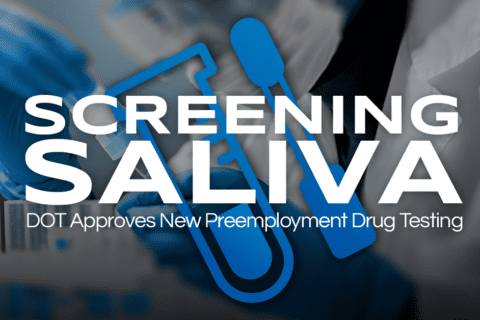Driving Change: How Truckers are Responding to Florida’s New Immigration Law
Truckers’ Rallying Cry: Boycott Florida Latino truckers across our nation are pledging to boycott Florida in the wake of Governor Ron DeSantis signing a new law aimed at undocumented immigrants. Advocating for solidarity with their “Latin American brother,” they are utilizing the accessibility of social media platforms to orchestrate a collective movement. The proposed boycott is scheduled to start on June 1, a month before the new law will be enforced. The goal? To defend those who will go on to be affected by the law’s stringent restrictions. Dissecting Florida’s Senate Bill 1718 The response to Florida’s Senate Bill 1718 has been as controversial as its contents. Designed to tackle illegal immigration and counteract the perceived impacts of federal border policies, we’ve gone ahead and provided a concise list of what the bill includes: The new rules under Senate Bill 1718 are set to take effect in two months. The countdown to its enforcement has given rise to the planned boycott, signaling a tumultuous period ahead for Florida’s logistics and industrial staffing sectors. AOC’s Stand and a Truckers’ Plea New York Democratic Representative Alexandria Ocasio-Cortez echoed these concerns, accusing policymakers of taking immigrant communities for granted. Additionally, a TikTok video from a Latino truck driver has gone viral. It features the driver pledging not to bring his truck to Florida, rallying his fellow drivers to do the same in an act of collective Latino solidarity. The Ripple Effect of Injustice The boycott found further fuel from the case of Rogel Aguilera-Mederos, a young truck driver sentenced to 110 years in prison for a fatal collision in Colorado in 2021. This sentence sparked outrage, leading to a petition with more than 5.1 million signatures that eventually resulted in a reduction of his sentence to 10 years. Many have begun drawing parallels between Aguilera-Mederos’s case and the new Florida law, viewing both as unjust and unfair. Solidarity Through Boycott Videos from other truckers echo this sentiment of solidarity and resistance. They pledge not to pick up or drop off cargo in Florida, aiming to disrupt the state’s logistics until immigrants are given the respect they deserve. As one trucker puts it, the goal is to make “Florida run out of loads.” This boycott, they believe, is a step towards eliminating the law they deem “stupid, silly” and discriminatory. Legal and Political Backdrop The new law was passed just as Title 42, a Trump-era policy that allowed swift expulsion of migrants on health grounds, was about to expire. Governor DeSantis has blamed the surge in immigration on the Biden administration’s policies. However, the Biden administration contends that the immigration system has been broken for a long time, and new reforms alone will not rectify the issue. As Florida braces for any coming logistics challenge, it remains to be seen how this boycott will shape the ongoing discourse surrounding immigration policy. Before You Hit the Road… As we navigate the winding roads of policy, protest, and community, the proposed Florida boycott by Latino truckers stands as a testament to the power of collective action. It’s a stark reminder of how legislation can reverberate across industries and communities, in this case, the logistics and industrial sectors. The truckers’ rallying cry, echoing across social media platforms, serves to highlight the deep-seated issues surrounding our country’s immigration policies and their real-world impacts. As Florida prepares for to confront this incoming storm of controversy, it’s clear that there is a long road ahead. We welcome your thoughts on these developments, so please feel free to share your opinions in the comments section below. As this story continues to unfold, we’ll keep you informed, charting the course through the complexities of legislation, protest, and the invaluable human element at the heart of the trucking industry. If you made it to this part of the article, we’d just like to take a moment to thank you for taking the time to read it. Be safe out there and as always, If you’re in search of CDL A, B, or warehouse positions, check out our open positions. And if you need staffing solutions for commercial driving or industrial positions, be sure to explore our offerings.











Recent Comments